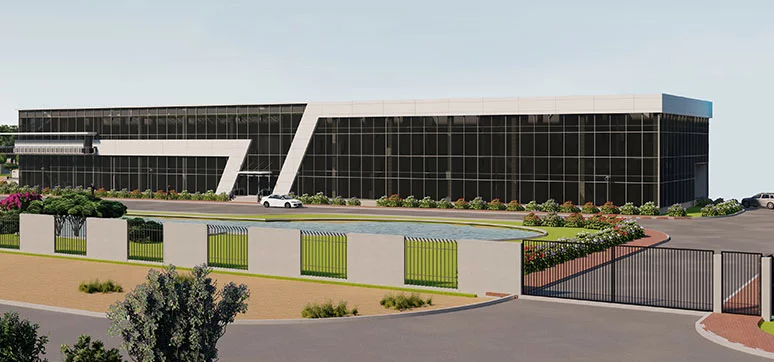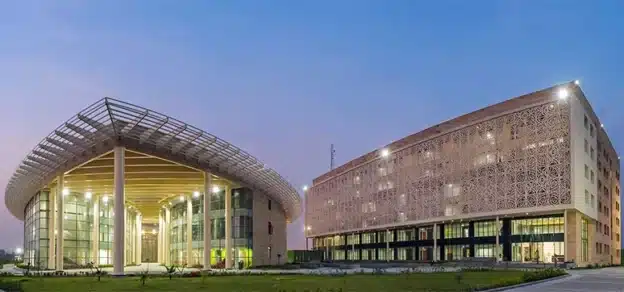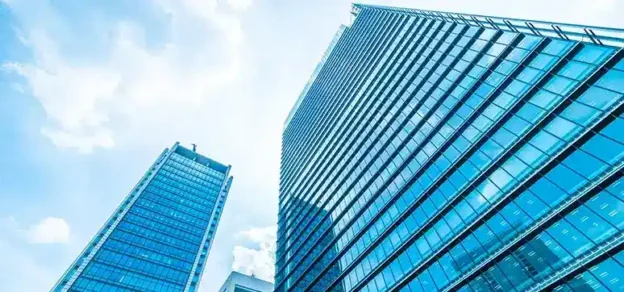Creating a sustainable future for our future generation is the real need of today. If we keep consuming the available resources, then nothing will be left for the generation next. Sustainability can be achieved in many ways. In this article, I will be focusing on the building sector, particularly the building façade as an energy harvesting component.
As per International Energy Agency statistics, the building sector consumes 42% of electricity. Hence, we need to focus on the measures to minimize electricity consumption and at the same time, we need to focus on alternative sources of energy generation. To achieve a sustainable building, we need to look for new materials and new technologies, which are evolving every day. We need to integrate them into our design. This will lead to better building performance and better aesthetics.

The basic function of a building façade is to protect from harsh weather conditions and to provide a safe internal environment and aesthetics. Presently, façade design is more focused on achieving energy-efficient building, achieving better daylight, and reducing the HVAC cooling and heating loads. As we move towards net positive buildings, we need to focus on energy-generating façades without compromising the aesthetics.
Fig. 1 shows a photovoltaic power potential map. We need to focus on capturing the solar to harvest energy.

Building façades with conventional curtain glazing can be replaced with Solar Photovoltaic Glass to harvest energy. Fig. 2 shows the comparison between solar photovoltaic glass and conventional glass.

Solar photovoltaic glasses are of two types: Amorphous silicon glass and Crystalline silicon glass, both are available as opaque and with various levels of transparency. The peak power generated by each type also varies, hence while selecting the type of glass, due care needs to be provided. The below image shows the look and feel of the Amorphous and Crystalline silicon PV glass. Whereas Amorphous glass can be proposed for the area where we require more aesthetics – like the façade area, crystalline can be proposed where it doesn’t require more aesthetics – like the skylight area.
Fig. 5 shows the proposed office building with the solar photovoltaic facade, total integration area considered is 972 sq m with amorphous silicon technology having a 30% transparency degree. Glass configuration is 6+3+6mm with a chamber of 12mm filled with air and rear glass of 4+4mm float glass with LowE coating. The total power installed is 27.35kWp
Below details – FIg.3 & 4 – is the outcome of the feasibility study:
- Electricity generated in 35 years: 511,193 kWh
- Enough energy to feed 1004 light points working 4 hours per day for 35 years
- Enough energy to prevent the emission of 438 tons of carbon dioxide
- Energy generated in 35 years: 87,05,733 INR
- Net investment: 54,29,841 INR (Photovoltaic Glass cost – Conventional Glass cost + Electrical installation cost
- Payback period: 12 years
- By installing solar photovoltaic glass, the project can reach up to 8 LEED credits (Renewable energy production on-site: up to 3 credits, Heat Island Reduction: up to 2 credits, Optimise energy performance: up to 2 credits, Innovative product: up to 1 credit)

Cost and other benefits:
We can generate our own electricity from the sun. 40% reduction in the HVAC cooling load, 20% reduction in the lighting load, achieve daylighting, reduce peak energy demand, reduce operational cost, and be aesthetically integrated.
Challenges:

Include initial investment, the cost of the product, aesthetic reasons, performance, unavailability of codes and standards, availability in the market since there are very few manufacturers, additional labour cost due to specialised installation, lack of awareness of the new technology & material, and need for extra maintenance.
The image (Fig. 6) shows the survey result, and the size of the text shows the frequency of occurrence during the survey.
The source of details are taken from Global Energy Transformation – A Roadmap to 2050 prepared by the International Renewable Energy Agency (Fig.7), where we are at 109 GW of solar power generation,
which is targeted to achieve 360 GW by 2050, we could also see the photovoltaic levelised cost of energy had reduced drastically from 347USD/MWh in 2010 to 81USD/MWh in 2018 and is expected to still lower to 38USD/ MWh, this is mainly due to new materials and technologies.
We need to grow from 36% to 81% of generating electricity through renewable energy. To conclude, little drops of water make a mighty ocean. Every small effort towards sustainability makes the world liveable for future generations.














